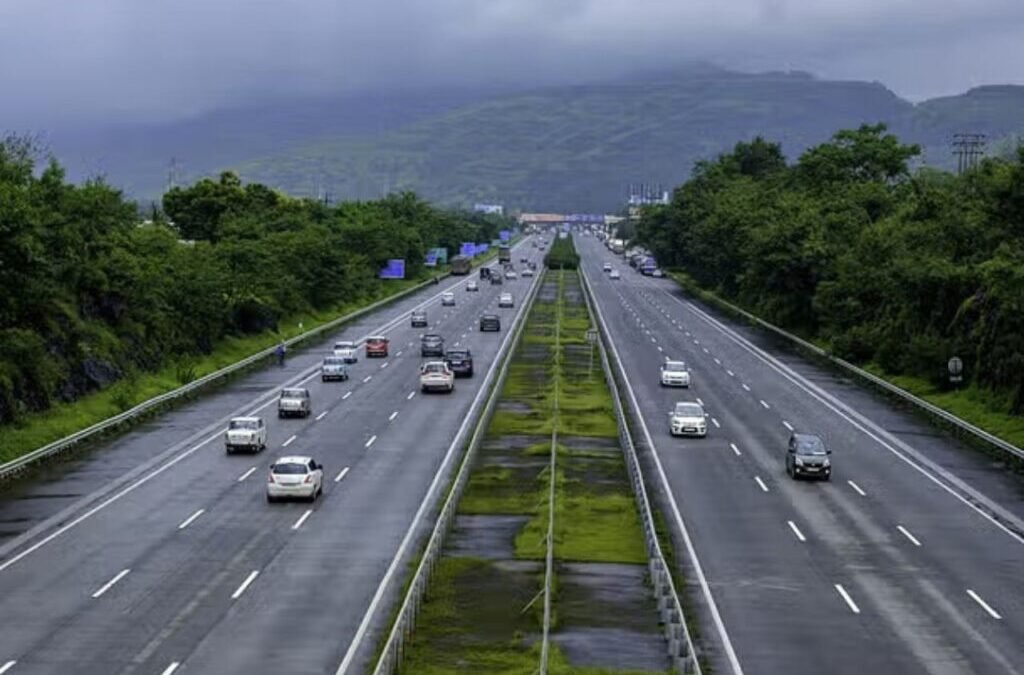The newly announced Pune-Bengaluru Expressway, due to be ready by 2028, will change the way people travel and do business between Maharashtra and Karnataka. This expressway is one of the important infrastructure initiatives developed under Phase II of the Prime Minister- Bharatmala Pariyojana scheme to enhance seamless transportation and economic growth within two key states of southern and western India.
Transforming Travel: 15 Hours to 7 Hours
Among the many prominent advantages of the Pune-Bengaluru Expressway, one may enumerate the fact that it Shortens the travel time dramatically. Currently, the road journey between Bengaluru and Pune requires about 15 hours. This will be reduced to about 7 hours once the expressway is completed which will reduce travel time by over 50 percent.
This expressway, which is approximately 700 km long, will also reduce the distance by approximately 95 kilometres due to its express nature and the fact that it is a high-speed expressway. This is set to enhance both private and commercial travel as road transit will be faster, safer, and more efficient.
Route Details: Connecting 12 Districts
- The expressway will traverse twelve districts across Maharashtra and Karnataka, enhancing interconnectivity across the region.
- In Maharashtra, the route will start at Kanjle on the proposed Pune Ring Road and pass through: Pune, Sangli, Satara
- In Karnataka, the expressway will begin at Bommanal in Athani Taluk and pass through key towns and districts such as:
- Belagavi District (Athani), Jamakhandi, Bagalkot, Badami, Mudhol, Nargund, Gadag District (Ron), Yelaburga (Koppal District), Kudligi (Vijayanagara District), Jagaluru (Davangere District), Madhugiri, Chitradurga Taluk, Koratagere etc
This extensive reach ensures regional connectivity and access to rural, semi-urban, and urban centres along the route.
Key Features of the Expressway
The Pune-Bengaluru Expressway is being built with a focus on modern infrastructure and safety, featuring:
- Six-lane access-controlled highway to reduce congestion and ensure smooth traffic flow
- 120 km/h speed limit, facilitating faster and more efficient travel
- Rs 50,000 crore investment, reflecting the project’s scale and national importance
- Strategic links to the Pune-Mumbai Expressway, enhancing regional and national connectivity
These features position the expressway as a state-of-the-art transport corridor designed for the future.
Also read: India’s Most Expensive Cities for Office Spaces – Is Yours on the List?
Economic and Regional Impact
The expressway is more than a mere infrastructure. It will emerge as an economic development trigger in Maharashtra and Karnataka. Here’s how:
- Trade and Commerce: The expressway will boost the movement of goods and services between the two great economic zones, facilitating cross-border trade.
- Tourism Bonus: Faster and eased accessibility is likely to increase tourism in the towns such as Badami and Satara which are rich in historical and natural tourism sites.
- Logistics and Supply Chain Efficiency: The quick transportation will help the industries that depend on the just-in-time deliveries and transportation of perishable goods.
- Decongestion of NH 48: The existing Pune-Bengaluru National Highway (NH 48) experiences a lot of traffic. With the new expressway, the load will be reduced, and road safety, as well as travel comfort, will improve.
The expressway will also promote theMake in Indiainitiative since it will help to improve transport connections of manufacturing centers that are in both states.
Comparison with Other Expressways
Similar infrastructure investment has already been successful in Karnataka, including the Bengaluru-Mysuru Expressway. This is an access-controlled 119-kilometre expressway that has radically reduced commuting time, although traffic jam is a common problem during the rush hours. Conversely, the Pune-Bengaluru Expressway (with longer distance and improved design) is meant to provide more lasting traffic relief and additional infrastructure of high speed and long distance travel.
Looking Ahead
With India now investing heavily in large-scale infrastructure projects as part of initiatives such as the Bharatmala Pariyojana, the Pune-Bengaluru Expressway is becoming one of the landmark undertakings. It is estimated to be completely functional by the year 2028, and besides offering a speedier mode of transportation, it would facilitate better collaboration between countries, economic unification, and national development.
Connecting industrial belts and cultural centres, this expressway will bring communities closer, open new avenues of business and usher India into an era of smooth, sustainable and intelligent transport.
Written by Promita Ghosal
The post New Pune-Bangalore Expressway to Open by 2028: What Travelers Need to Know appeared first on Trade Brains.

